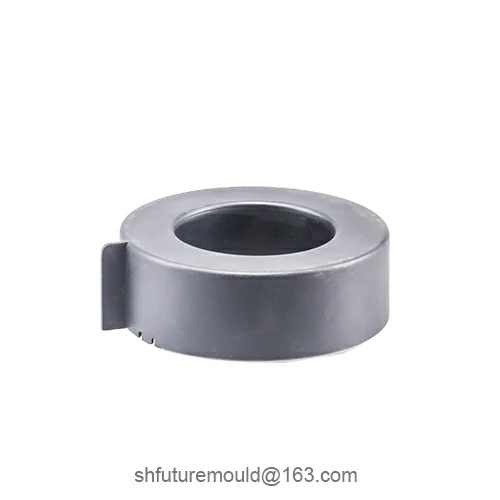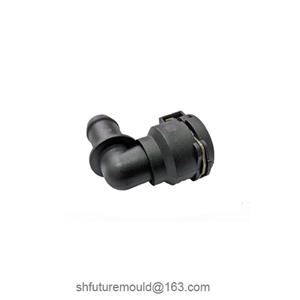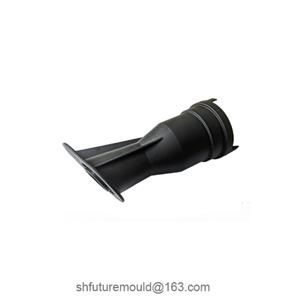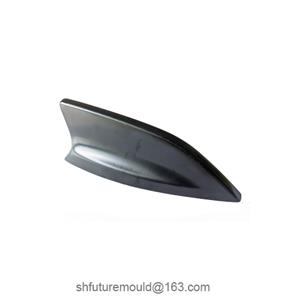Selection of Injection Mold Bases
In injection mold design, the mold base serves as the foundational framework that carries all mold components, playing a critical role. A suitable mold base not only enhances the structural strength and stability of the mold but also ensures precision and efficiency during the injection molding process.
I. Basic Components and Functions of Mold Bases
A mold base is a supporting structure of an injection mold, typically composed of standardized components such as the clamping plate, A-plate (fixed mold plate), B-plate (moving mold plate), support pillars (spacer blocks), ejection plate, and bottom plate. Its core functions include:
Positioning and Guidance: Ensures precise alignment between the moving and fixed molds through the precision movement of guide pins and guide bushings.
Load-Bearing and Support: Withstands the clamping force of the injection machine and the injection pressure of molten plastic, protecting the core and cavity structures.
Integration of Ejection Systems: Provides motion space and installation references for ejection pins, lifters, and other demolding mechanisms.
Cooling and Ventilation Channels: Integrates waterlines, oil channels, and venting slots within the mold base to improve molding efficiency.
II. Key Considerations for Mold Base Selection
1. Product Characteristics Analysis
Dimensions and Projected Area: The mold base size must cover the product’s projected area and provide sufficient strength margins.
Structural Complexity: Products requiring side core-pulling mechanisms (e.g., sliders, lifters) demand mold bases with slider grooves or specialized structural supports.
Precision Requirements: High-gloss or precision electronic components prioritize high-precision mold bases (e.g., HASCO standard), with guide pin/bushing tolerances controlled within ±0.005mm.
2. Production Requirements Alignment
Batch Size: Low-volume prototyping may use cost-effective domestic standard mold bases (e.g., LKM). At the same time, mass production recommends pre-hardened steels (e.g., P20, 718H) or imported mold bases (e.g., DME, FUTABA) for enhanced durability.
Cycle Time Optimization: Rapid molding requires mold bases with optimized cooling systems (e.g., beryllium copper waterline inserts) to reduce cooling time.
3. Mold Type Compatibility
Two-Plate Mold Bases: Suitable for over 90% of general products, offering simple structures and low cost.
Three-Plate Mold Bases: Require stripper plate designs (e.g., pin-point gate systems) for automatic gate separation.
Hot Runner Molds: Require additional space (15%~20% thicker mold bases) to accommodate hot runner systems.
4. Cost and Lead Time Balance
Standardization Priority: Standard mold bases (e.g., LKM, DME) reduce machining time by 20%~30%.
Avoid Non-Standard Designs: Custom mold bases are only recommended for special structures, but increase costs by over 40%.




